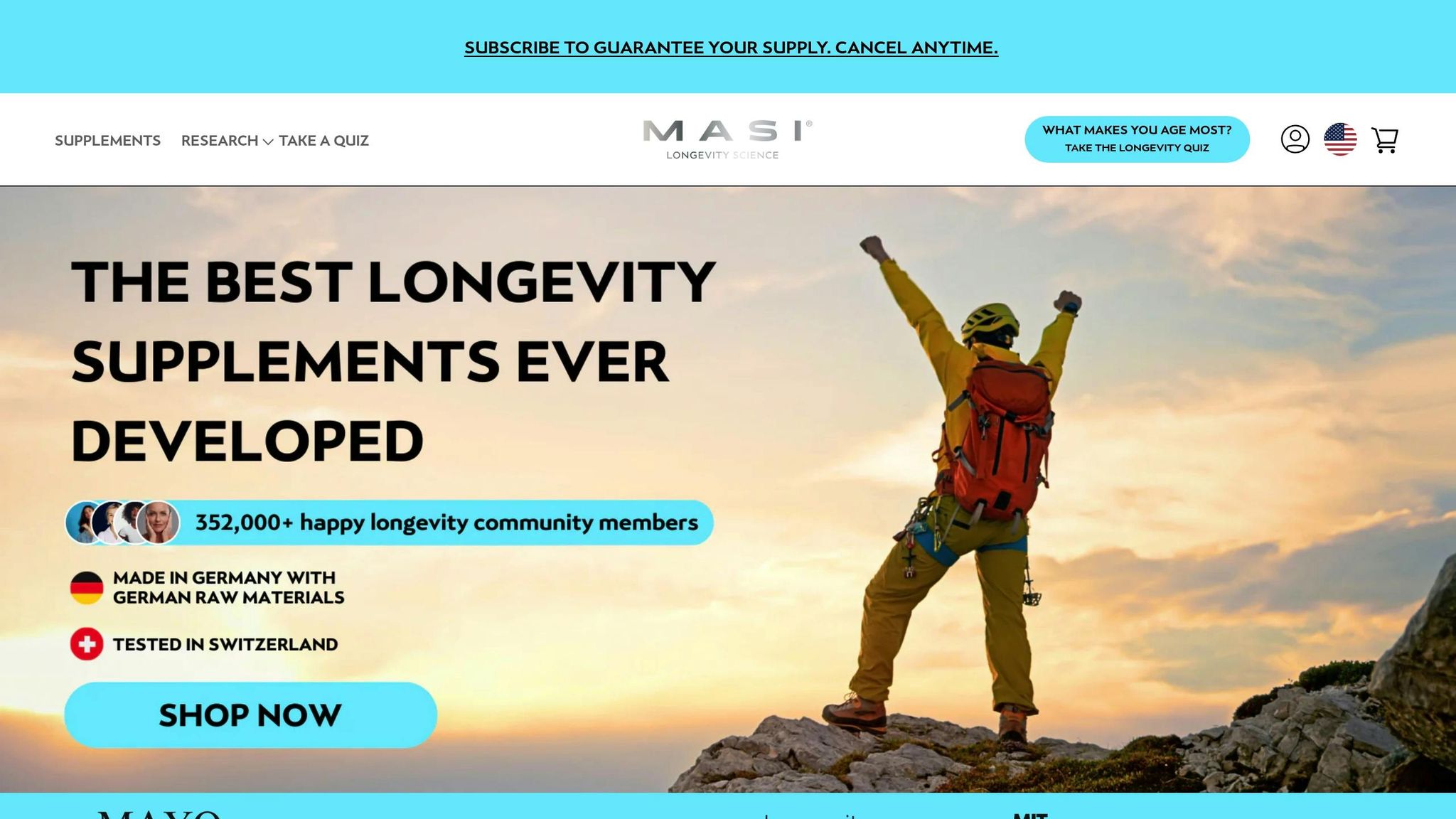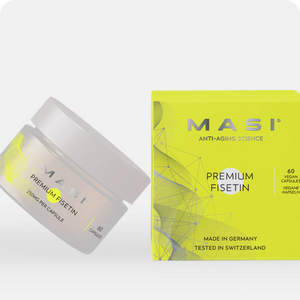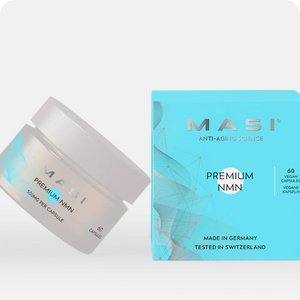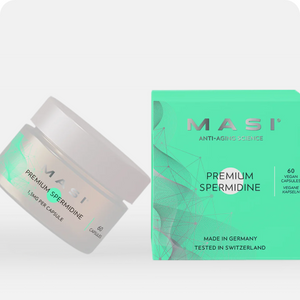Flexibility isn’t just about touching your toes - it’s a key factor in staying healthy and active as you age. Here’s why it matters:
- Boosts Longevity: Flexibility improves blood flow, reduces injury risk, and supports healthy aging, which may contribute to a longer life.
- Prevents Injuries: Flexible muscles and joints absorb shocks better, reducing falls and strain as you grow older.
- Improves Recovery: Stretching increases circulation, delivering oxygen and nutrients to muscles for faster healing.
- Supports Independence: Better mobility makes daily tasks easier, enabling you to stay active and self-reliant.
Quick Tips for Staying Flexible:
- Dynamic Stretching: Warm up muscles with controlled movements like arm circles and leg swings (5–10 mins/day).
- Static Stretching: Hold stretches for 15–30 seconds to improve range of motion (10–15 mins/day).
- Mind-Body Exercises: Try yoga or Pilates to enhance flexibility, balance, and strength.
By incorporating regular stretching and mobility exercises into your routine, you can improve your overall health and stay active for years to come.
Research on Flexibility and Lifespan
Flexibility as a Health Indicator
Studies have shown that flexibility is closely tied to various aspects of health. Better joint mobility is linked to improved cardiovascular health, stronger muscles, healthier joints, and better balance. This suggests that regularly checking your flexibility could provide insights into your physical condition and overall health. These factors might also influence how long you live.
How Flexibility Impacts Longevity
The health benefits linked to flexibility might also contribute to a longer life. Research indicates that regular stretching helps boost blood flow, improves nutrient delivery, and lowers the risk of injuries. While more studies are needed to fully understand the connection, focusing on flexibility is becoming an important part of strategies for healthy aging.
How Flexibility Extends Life
Improved Movement and Injury Prevention
Keeping your body flexible helps reduce the risk of injuries. Flexible joints and muscles absorb shocks better, which can lower the chances of falls and keep your body aligned properly. This means you can stay active without the strain and wear that often come with aging. By protecting your body this way, you can continue enjoying physical activities for longer.
Boosted Blood Flow and Faster Recovery
Stretching and flexibility exercises improve blood circulation, especially in areas that might see reduced flow as you age. Better circulation delivers more oxygen and nutrients to your muscles, speeds up recovery, reduces inflammation, and helps repair tissues. This improved blood flow works hand in hand with better movement, keeping you ready for an active lifestyle.
Staying Active as You Grow Older
Flexibility makes it easier to keep up with everyday tasks like gardening, walking, or spending time with family. When you can move comfortably and confidently, you're more likely to stay active, which helps prevent health issues tied to aging. This supports your long-term health and independence.
sbb-itb-4f17e23
Daily Flexibility Exercises
Types of Stretching
Flexibility can be improved by using a mix of stretching techniques. Static stretching involves holding a stretch for 15–30 seconds, typically after exercise or in the evening for 10–15 minutes. This helps increase your range of motion when your muscles are warm.
Dynamic stretching, on the other hand, uses controlled movements to gradually increase reach and speed. It’s ideal for warming up muscles and boosting blood flow before activity. Examples include arm circles, leg swings, and torso twists.
Here’s how to incorporate both methods into your day:
- Morning: Spend 5–10 minutes doing dynamic stretches to wake up your body.
- Evening: Dedicate 10–15 minutes to static stretches to work on flexibility.
For a well-rounded approach, consider adding mind-body exercises to your routine.
Mind-Body Exercise Methods
Mind-body practices can complement traditional stretching, improving both flexibility and overall balance. These exercises not only enhance mobility but also support healthy aging.
Yoga combines breathing techniques with poses that promote physical and mental well-being. It’s particularly effective for easing stiffness in areas like the lower back and hips while improving overall flexibility.
Pilates emphasizes core strength and controlled movements, making it a great option for flexibility. It’s especially useful for older adults, as it:
- Strengthens stabilizing muscles
- Improves posture and balance
- Reduces joint stress during movement
| Exercise Method | Benefits for Flexibility | Duration |
|---|---|---|
| Static Stretching | Deep muscle lengthening, better range of motion | 10–15 min/day |
| Dynamic Stretching | Prepares for movement, lowers injury risk | 5–10 min/day |
| Yoga | Full-body flexibility, stress relief | 20–60 min/session |
| Pilates | Core strength, controlled mobility | 30–45 min/session |
Consistency matters more than intensity. Start with 10–15 minutes daily, focusing on key muscle groups like hamstrings, hip flexors, and shoulders. Over time, you can gradually increase the duration and complexity of your routine to improve flexibility and mobility further.
Episode 20: How to Improve Mobility and Flexibility for Longevity
Conclusion
Research highlights the importance of maintaining flexibility for staying active and healthy as we age. Regular stretching and mobility exercises improve movement, reduce the risk of injuries, and promote better circulation - key factors for staying energetic and mobile over the years.
Making stretching and mobility exercises a consistent part of your daily life, rather than an occasional activity, can lead to long-term benefits. Pairing this routine with targeted cellular health support offers a well-rounded approach to aging gracefully.
MASI Longevity Science and Flexibility

In addition to the advantages of stretching, MASI Longevity Science offers premium supplements designed to support healthy aging at the cellular level. These German-made supplements, including NMN and Spermidine, are crafted to aid in:
- Sustaining energy and vitality
- Supporting heart and brain health
- Promoting overall wellness as you age
For individuals over 40 aiming to maintain flexibility and energy, combining consistent stretching practices with scientifically developed supplements provides a balanced approach to staying active and vibrant throughout the aging process.









